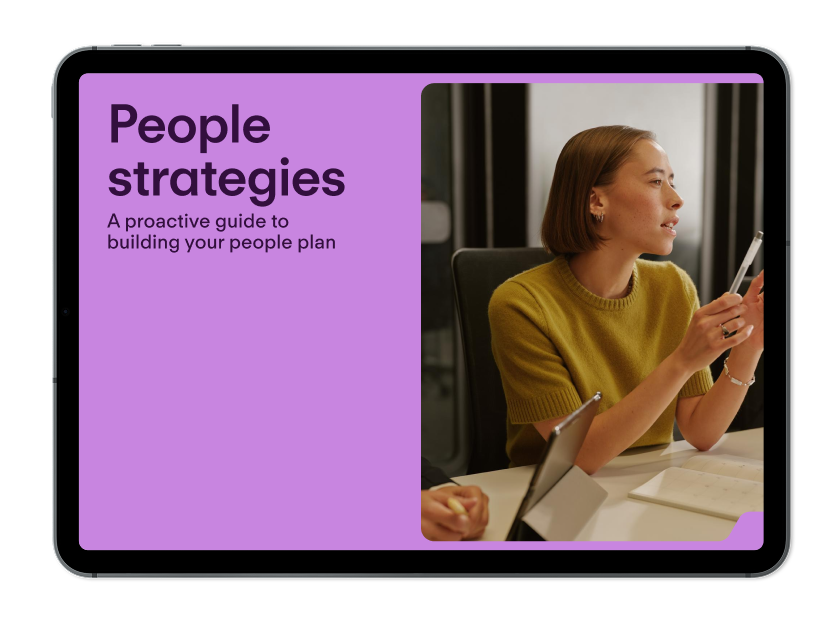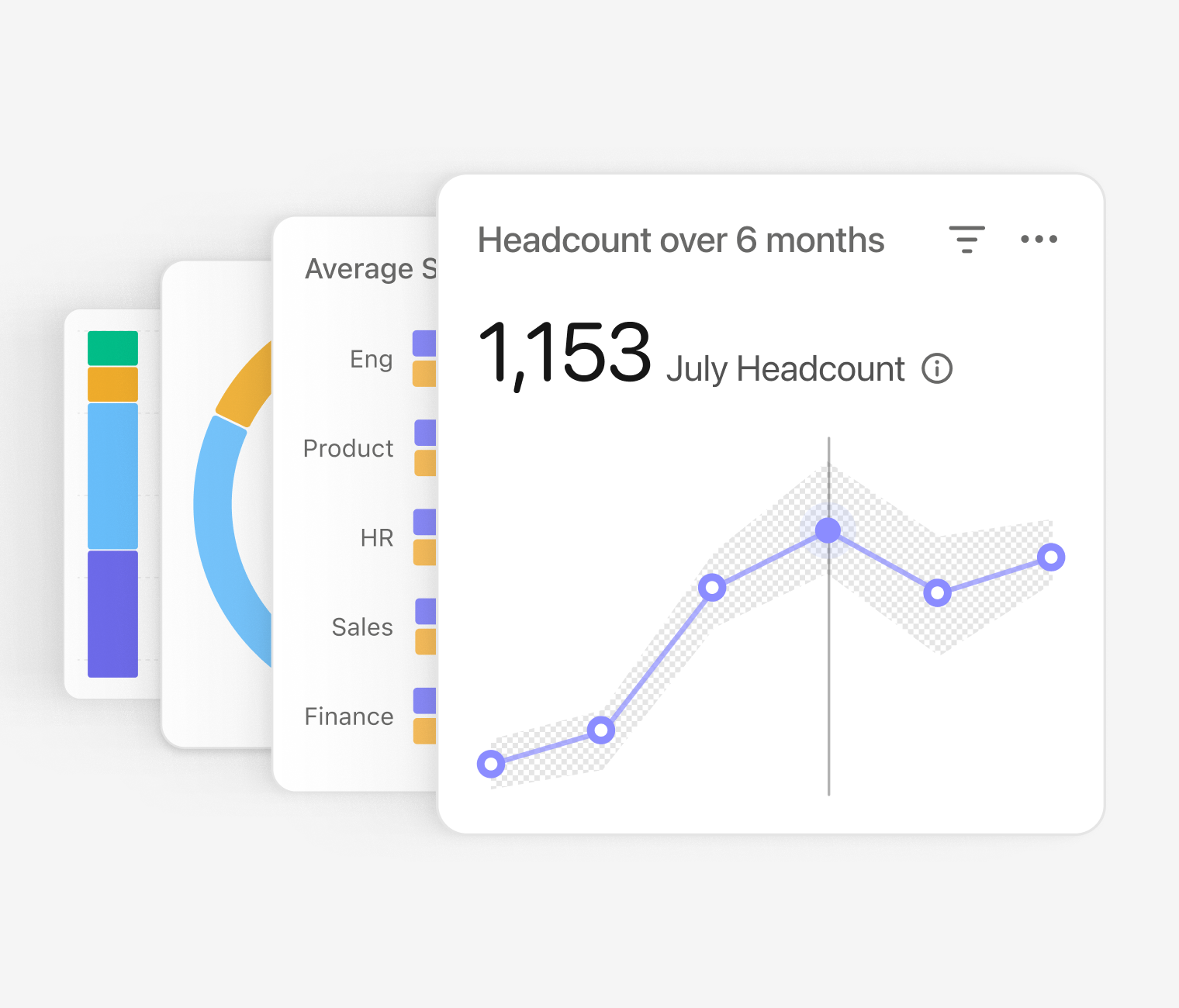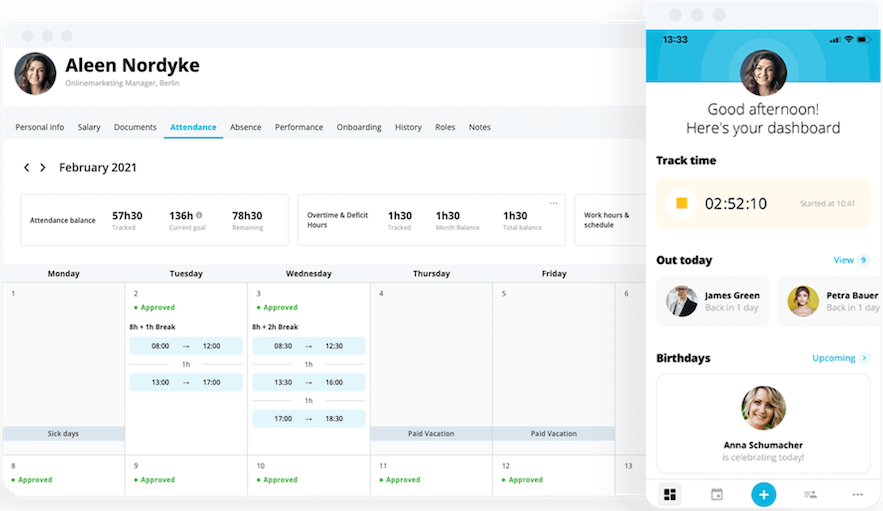
People Strategy Guidebook
A free guide to help power your next great people strategy.
Download our guide to developing your organization’s own people strategy today.What is the 9-Day fortnight?
What is a 9-day fortnight? Moreover, what are its benefits and how can you implement it in your workplace? All of these questions and many more will be answered throughout this article. Let’s talk about how a 9-day fortnight can boost your retention.
Don’t have a people strategy? Don’t worry, download our free guide today.Contents
- 1What Is a 9-day fortnight working pattern?
- 2What are the benefits of a 9-day fortnight working pattern?
- 3How do you calculate a 9-day fortnight?
- 4Does a 9-day fortnight equal full-time working hours?
- 5How does it differ from a four-day workweek?
- 6What is the process for putting a 9-day fortnight in place?
- 7Should your organisation consider a 9-day fortnight?
What Is a 9-day fortnight working pattern?
A 9-day fortnight working pattern is a compressed working week where each employee has every second Friday off work. This is accomplished by working more for the other nine days, the first five days of the first week, and Monday to Thursday of the second week.
During those nine days, employees work for longer – usually from somewhere between 30 minutes to 1 hour longer each day. This is in order to accumulate the extra time so that they can have every other Friday free to themselves.
Before we get into the details of how to implement a 9-day fortnight in your company, let’s first take a look at all the benefits of implementing this type of working pattern in your organisation.
What are the benefits of a 9-day fortnight working pattern?
There are multiple benefits to implementing a 9-day fortnight working pattern in your company. The following are some of the biggest:
Employees get a free day every other week: Every single one of your employees will get a free day every other week. In the span of a year, that means that the employees will gain 26 additional free days on top of their annual leave.
Increased productivity levels: The majority of companies that have implemented a 9-day fortnight reported that they had an overall increase in productivity.
Better mental health and wellness: Implementing a 9-day fortnight working pattern will greatly improve the mental health and wellness of your employees. Employees love it when they have an additional day to travel, do groceries or spend time with their loved ones.
Stronger employer brand. A 9-day fortnight working pattern can keep your company competitive when it comes to the race for top talent. You can offer a benefit that is rare on the market, and can attract people that way.
How do you calculate a 9-day fortnight?
With a 9-day fortnight, employees will have to work more each day in order to accrue additional time so that they can take every other Friday off.
In greater detail, this means:
Support staff that works 36.5 hours every week should do the following
Work every Monday for 9 hours (including breaks). For example, working from 8:30 to 17:30
Work other days for 8.5 hours (including breaks). For example, working from 8:30 to 17:00.
This way, they would accumulate enough additional time to take every second week off.
Full-time staff that works for 37.5 hours every week should do the following
Work every day for 9 hours and 20 minutes (a one-hour break included).
This would mean that they would accrue an additional day of work in the 9 days and then take every other Friday off.
There are companies that even take a small hourly cut and just have their employees work for additional 30 minutes every day.
Does a 9-day fortnight equal full-time working hours?
The beauty of a 9-day fortnight means that your company is flexible enough. What that means is that you can ask your employees to work for the exact additional time needed to equate to the full-time working hours.
However, some companies take a small hourly cut (2-3 hours per employee per two weeks) and even keep the same pay cheque for them. It’s up to each individual company to decide how much time the employees will have to work each day additionally.
Enable Data-Led Decisions

Collect and organise important HR insights such as absences, attrition, and more. Generate detailed reports in seconds so you can strategise with confidence.
Unlock detailed HR analyticsHow does it differ from a four-day workweek?
A 9-day fortnight working pattern is different from a four-day work week. With a four-day work week, the company’s shortening the time every employee works in the number of days and number of hours. In practice, an employee working 40 hours in five days would only be working 32 hours a week over four days.
A 9-day fortnight working pattern doesn’t eliminate one day of work, but compresses the time in fewer days so that the employees get every other Friday off.
What is the process for putting a 9-day fortnight in place?
Many companies, especially those with the need for strong customer support, will often reject a 9-day fortnight working pattern. But, how could you implement this kind of compressed week working process with little to no friction?
First, you would need to divide your company into groups A and B in order to always have someone working in the company on Fridays. So one group will take one Friday off while the other group will take the other Friday off.
Then, start with a trial run of 3-6 months to see how the employees in your company will react to the new working pattern.
If it works well for them, you can institute it for the entire company. Make sure to run a pulse survey to collect feedback and learn from your people, too.
Should your organisation consider a 9-day fortnight?
Your company should definitely consider implementing a 9-day fortnight. Determine whether it is right for your workforce, how you might make it work and some of the metrics or KPIs you would like to track along the way (like employee engagement or productivity).
Using Personio, you can manage all your most important HR processes at every stage of the employee life cycle from one place. Recruit, manage, develop and pay your employees from one centralised HRIS.
For HR professionals, you can unlock new levels of productivity and influence. Become the HR business partner that your business needs, by getting back time for what matters: your people.
For line managers, Personio seamlessly builds automated performance cycles, tracks vacation days and keeps employee information up-to-date (and in a compliant fashion).
For employees, no more fussing with cumbersome tools and processes. Employees can request days off, change their information and keep track of goals and more. All from one place.
Speak with an expert today about your HR needs and how Personio can meet them. Or, give Personio a spin for yourself by starting your very own free 14-day trial right now.
